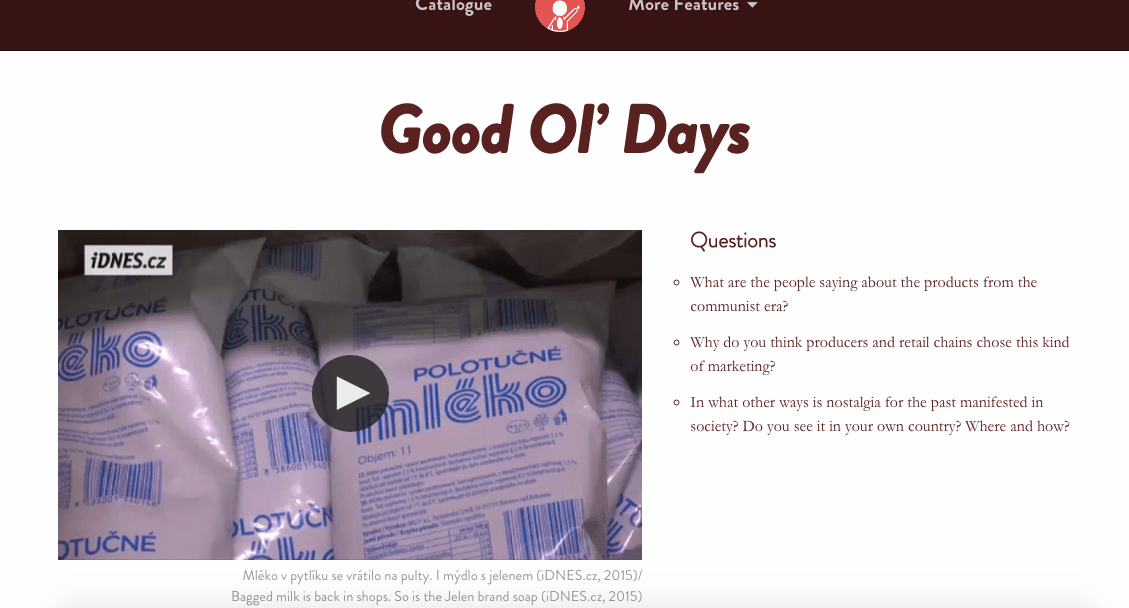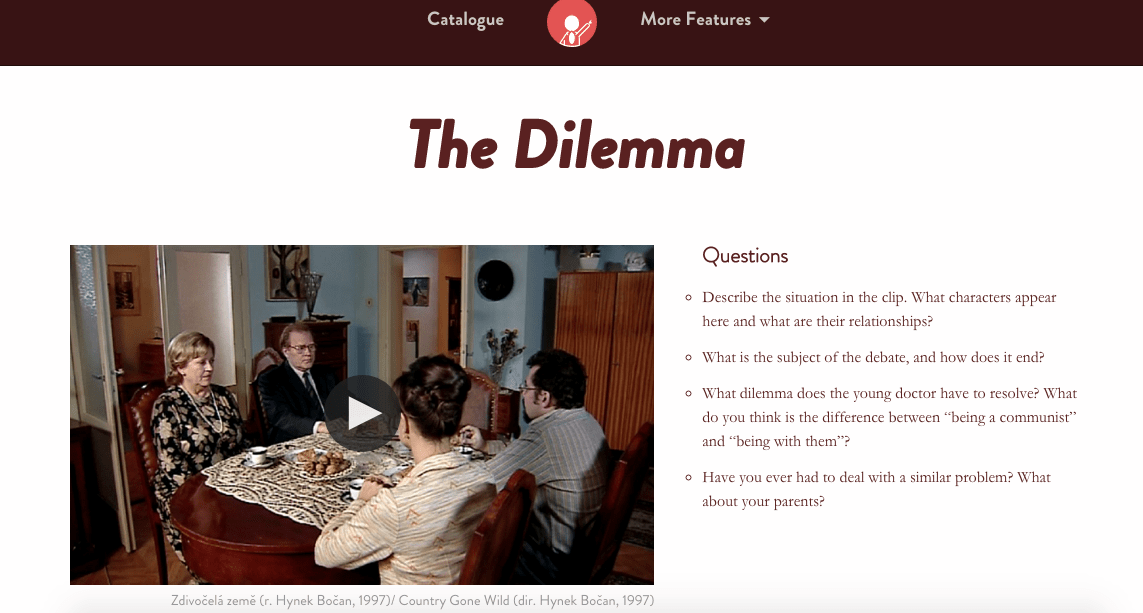By guest contributor Ilana Seelinger
Whenever you try to teach communist history, you run into the same issue: how do you address the conflicting memories of a contested past?
When you’re talking about communism in a country that experienced it, you can count on the fact that most students will approach it with some prior knowledge of the subject. Although they may not know the historical specifics very well, they will have grown up in a family that remembers the period in some specific way, negatively or positively. The students will also hear about the period from a teacher whose own biases will inevitably color the presentation. Memories of the communist period and their contestation thus continue to shape the post-communist countries of Eastern and Central Europe while their respective societies struggle to build an “official” public memory. It has proven tedious for these societal memories to take the myriad experiences of communism into account. Inevitably, some portion of society always ends up left out of the official public memory construction.
Teaching students in non-post-communist societies about the communist past presents an entirely different set of issues. The students’ parents and grandparents never lived in a communist regime themselves, so any memories they have of the period are likely to be based on the widespread anti-communist sentiment in the West instead of on direct experience of interacting with people who lived in communist countries. At worst, today’s students might not have grown up with any knowledge of communist history at all. If they’ve learned something about it in school, even that is not likely to have been an unbiased account. In Western Europe and the U.S., history teaching materials on communism tend to follow a Cold War narrative and focus on political history and international conflict. This sort of education leads to a vision of a black and white world, in which everything formerly behind the Iron Curtain appears as a gray, undefined morass of less developed countries.
One way to bypass that Cold War narrative is to move from political history to more personal history, focusing less on changes in leadership and more on, for example, the lifestyle changes that each wave of new leadership brought with it. Modern methods in historical pedagogy for other periods have been steadily moving towards a focus on actual people’s lives rather than strictly chronological representations of political events; they have moved away from the political aspects of history towards a more experiential representation of the past, focusing on the historical actors themselves and encouraging analysis and questioning. Why then should this not be the case for the communist past as well? By creating a well-rounded view of life during communism, one can help erase the sense of otherness that currently exists between the East and the West.
However, just as with history education in post-communist countries, it is imperative that in depicting the lives of people during communism, educational materials aimed outside the region also offer more than one view. Oppression has to be represented there, but it cannot be solely oppression. Nostalgia for communism exists throughout the region, so there must be something in any comprehensive set of communist history teaching materials that offers a discussion of why that is. Without both sides present, students end up lacking an understanding of the legacy of communism and the lasting effects it continues to have on the region today.
Here at the Department of Education of the Institute for the Study of Totalitarian Regimes in Prague, this is a question we spent months wrestling with while putting together material on our educational website, Socialism Realised. What we offer is still a work in progress and is by no means a definitive answer to the question of how best to teach the history of formerly communist Central and Eastern Europe to people from outside of the region.
Using multimedia historical sources, mostly clips from feature films but also texts, photographs, a radio broadcast, and various others, we have attempted to put together a small library of material that will introduce users to the communist past in a multi-perspective way. Although we have used material focused on Czechoslovakia, we endeavored to choose items that could in some way represent common experiences across the communist bloc. Our overarching goal was to recreate as much of the complexity of life during communism as possible through multiple eras, bringing the experiences, thoughts, feelings and problems of people who lived through the era to the forefront of our instructional materials. We’ve separated the material, which covers various periods in time, into four axes: the way the regime presented itself (“Ideology”), the way people experienced the regime (“Personal Story”), how the regime oppressed its citizens (“Oppression”), and how people remember the regime now (“Memory”).
One of the periods that we explore is the Collectivization of agriculture in the early 1950s, when a rapid wave of forced Stalinist modernization turned the rural parts of the country upside down. An accurate representation of this period has to include material like the clip we call “Forced Eviction,” in which a rich farmer and his wife are forced to leave their family farm so that the collective can take it over. However, the section would also be incomplete without the clip called “Back to the Past,” in which women who once worked on a collective farm reflect back, probably forty years later, about what material gains collectivization brought them.

The catalogue page for “Back to the Past” on SocialismRealised.eu
Jumping forward into the period of Normalization, which took place in Czechoslovakia between 1968 and 1989, we had to offer examples of both the reasons why some people fought for communism to end and why some feel a sense of nostalgia for it now. “Good Ol’ Days” is one of the latter type, showing people blithely reminiscing over the products they had as children without any thought towards the period in which they lived. “The Dilemma,” on the other hand, offers an example of the daily oppression that some people faced — in this case, having to choose between joining the Communist Party for a chance at career promotion and refusing to join and thereby missing out on professional advancement.

The catalogue page for “Good Ol’ Days” on SocialismRealised.eu

The catalogue page for “The Dilemma” on SocialismRealised.eu
It is important to note that while education on the period up to this point has mainly focused on one of the four axes, oppression, that was not the single defining feature of state socialism for all of the people who experienced it. We aim to capture more of those defining features, reflect a more diverse collection of experiences, and create a more multidimensional view of the communist past. As educators, our responsibility is to help students gain an understanding of the period that addresses as many of those experiences as possible. Our portal offers just a microcosm of the tapestry of experiences that people living in the Eastern bloc had, but by presenting the history through multiple different viewpoints, we intend it to be a true microcosm.



October 11, 2017 at 2:19 pm
Reblogged this on Project ENGAGE.